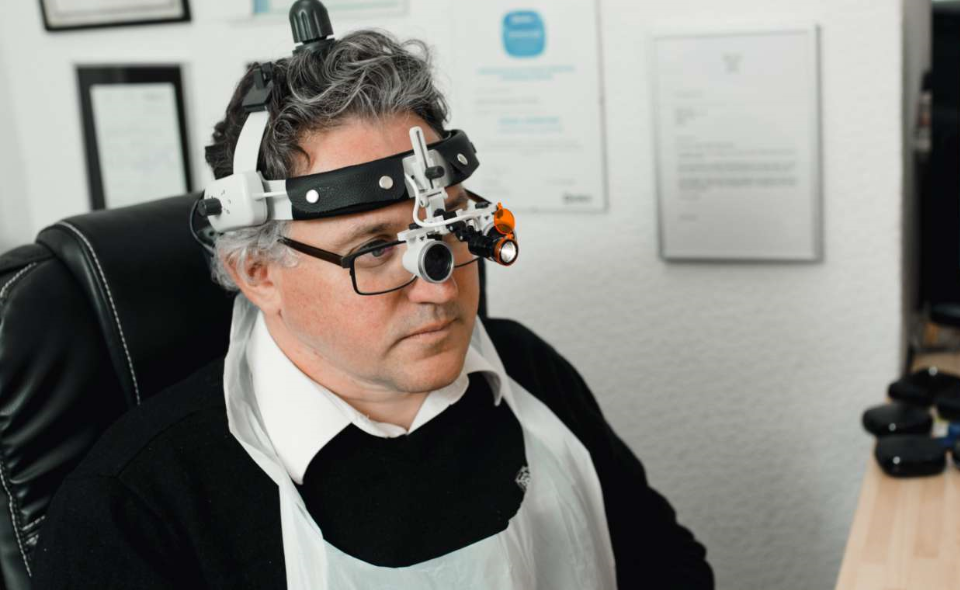
Hearing Loss
Hearing loss is incredibly common, probably more common than you think! One in five adults in the UK suffers from some degree of hearing impairment.
A hearing loss is a partial or full decrease in a person’s ability to detect or understand sounds. Hearing loss is classified as either ‘Conductive’ or ‘Sensorineural’. Conductive hearing loss is where there is a problem somewhere in your auditory system, stopping sound from reaching your cochlear (organ of hearing).

There are many causes but a few examples of this are wax, perforations of the tympanic membrane (ear drum), otosclerosis (calcification of the bones in your ear) or an ear infection. Some conductive hearing losses do require a hearing aid, but it is best practice to check with a GP to see if other routes may be able to help restore hearing first.
At Sutton and Solihull Hearing Centres, we refer all conductive losses on to medical professionals unless it has been already confirmed nothing can be done to restore hearing.

The other type of hearing loss, sensorineural, is where the hearing loss is not caused by the outer or middle ear, but in the inner ear. Sensorineural hearing loss is permanent in most cases and is treated by fitting the correct hearing instrument.
The most common cause is damage to hair cells in the cochlea. This can be for a variety of reasons, but the most common reason is ageing. Hearing loss caused by the wear and tear of these hair cells over time is known as Presbyacusis.
